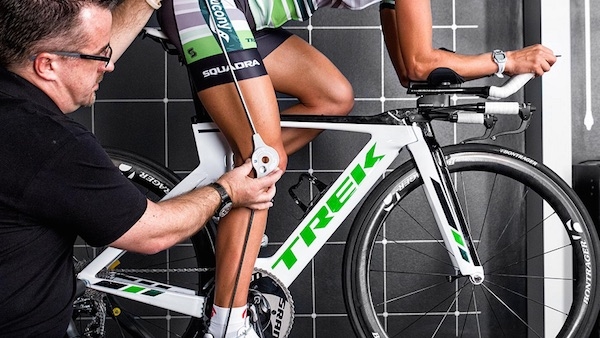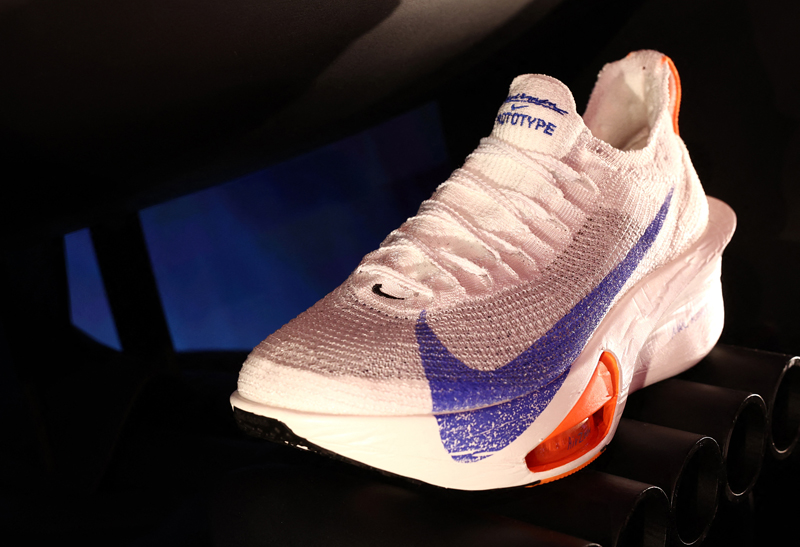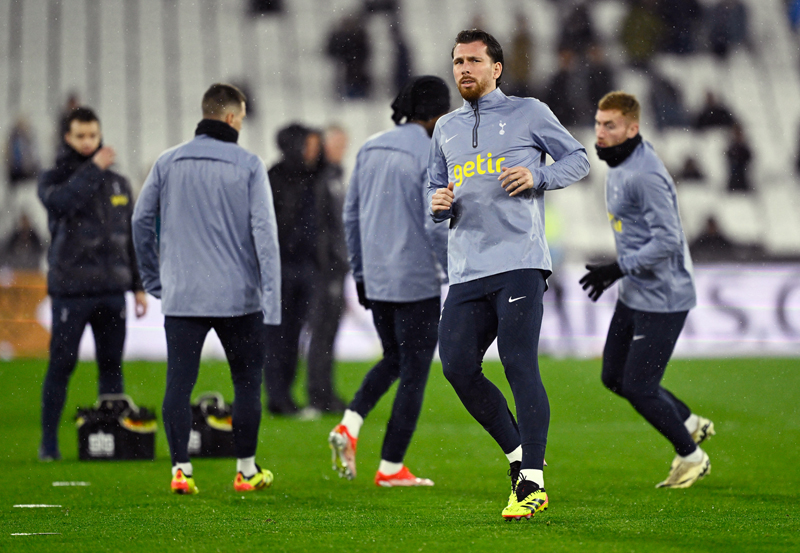
Australian physio Sean Fyfe explains how to steer clear of road racing pitfalls by fine-tuning your body and your machine
Cycling is more often a benign force than a cause of trouble. Because it is low impact, it provides many people who otherwise would struggle to perform regular exercise, with the chance to stay healthy and active. Nevertheless, injuries do happen, and a sound knowledge, both of how the body works when cycling and of bike set-up, can minimise your likelihood of getting hurt.
Acute injury
For any competitive cyclist, to train on the road is to accept the risk of serious injury, because of the twin hazards of vehicle traffic and speed. A multitude of orthopaedic injuries occur with high-speed accidents, but of most concern are head injuries. As a result of fatal injuries during competitive cycling, the compulsory use of helmets has been in place for a number of years at the Tour de France, except for the finishing climb in the mountain stages.
In Australia, all cyclists (from everyday users to pro competitors) are required to wear helmets or face hefty fines. Throughout Europe, by contrast, there is no such compulsion. Despite legislation and campaigns promoting awareness of cyclists to other road users, acute injuries in cycling will always be a big concern for those participating in the on-road sport.
Chronic injury
Several studies highlight the neck and back as the main sources of overuse injuries. After a six- to eight-day cycling tour for recreational cyclists, Wilber et al reported that 54.9% of females and 44.2% of males presented for medical treatment with neck pain, and 30% with back pain(1). Patterson et al(2) analysed the phenomenon of ‘Cyclist’s Palsy’ (numbness or tingling in the hands or fingers) in riders after a 600km bicycle ride. Of the 25 cyclists assessed, 23 had either movement or sensory symptoms, mostly in the hands in the ulnar nerve distribution (thumb, fourth and fifth fingers).
Wilber et al found that 85% of cyclists suffered with one or more overuse injury: 48.8% had neck problems, 41.7% had knee trouble, 36.1% groin and buttocks, 31.1% hands and 30.3% backs. The study also found that female cyclists are 1.5 times more likely than males to develop neck symptoms. Although neck symptoms are the most common, in my experience knee injuries are of more concern, as they pose a greater long-term risk.
Cycling biomechanics
A single pedal cycle involves a power phase from 12 o’clock to 6 o’clock and a recovery phase from 6 o’clock to 12 o’clock. The power phase delivers most of the force that generates forward momentum. This force is produced via the leg extensor muscles: quadriceps, glut max, hamstring (working at the hip) and calves (working at the ankle). The recovery phase also contributes to overall power delivered in one cycle by the upward pull of the attached shoes via the flexor muscles: hip flexors, hamstrings (working at the knee) and the calves (working at the knee).
At 12 o’clock, the knee is flexed to 110 degrees and then extends 75 degrees through the power phase to 35 degrees flexion at the beginning of the recovery phase. During the power phase the knee naturally drifts slightly inwards.
The foot pronates (rolls inwards) during the power phase, imparting an internally rotating force to the knee, increasing the stress to the inner side of the knee. The opposite happens during the recovery phase in preparation for another power push. At the bottom of the power phase the foot should be parallel to the ground. The low and mid back have to tolerate prolonged bending forwards and the upper spine prolonged extension.
Bike set-up
Correct bike set-up is crucial both to maximise performance and to avoid injuries, but very few recreational cyclists are aware of this. If you venture on to the roads on a Sunday morning, you will see droves of cyclists with their seats set too high or their knees grossly deviating left and right.
Bike set-up can be assisted greatly by two small pieces of equipment: full shoe-length leg raises compensate for the slight differences in length commonly found between our right and left legs; and forefoot varus wedges placed between the cleat and shoe will correct knee alignment by allowing the foot to operate in its normal position. Specific cycling orthotics are also commonly used.
You should also be aware of the need to adjust your bike set-up to suit variables such as the length of race or competitive goal in order to achieve the best balance of efficiency and comfort. In endurance races, riders usually opt for a slightly less aerodynamic position to improve comfort, whereas for a short time trial, the tightest possible aerodynamic position and lowest trunk position will deliver maximum speed advantage.
Knee injuries
When pedalling, the largest force produced acts through the knee up to 5,000 times an hour, so it is no wonder that the slightest incorrect distribution in load can result in a serious knee injury, including patellofemoral pain, chondromalacia (damage to articular cartilage under the kneecap), inflammations of kneecap, front of thigh and hamstrings, and iliotibial band friction syndrome.
Neck and back injuries
Neck pain usually relates to the prolonged time that cyclists spend in an extended position. Neck extension with shoulders in a depressed (downwards) position increases neural tension, which can be exacerbated if your handlebars are set too low or you fail to keep your elbows slightly bent. Excessive or prolonged stretching of the nerves can result in pain, numbness or tingling in the nerve distribution down the neck and arms.
To prevent the build-up of tension, you should learn to do regular forwards and sideways neck mobility and shoulder shrugs while on the bike, as well as sitting upright from time to time. You also need adequate mobility through your thoracic (mid) spine, first rib mobility and flexibility in all the upper back and neck muscles. In recalcitrant cases, surgery may be needed to widen the nerve space.
Lower back injuries are very similar in principle to neck pain in cycling, except that the aggravating position is prolonged flexion (forward bending). Muscle fatigue, chronic tension to vertebral ligaments and prolonged compression to intervertebral discs can all be responsible for ongoing backache. It is imperative that you have good flexibility through your low back and hips.
Your pelvic position during riding is also significant. Sitting in a backwards tilted position increases low-back flexion. This can be corrected through a combination of bike set-up and proper cycling technique.
As you build up your training volume, it is common to suffer from aches in the upper, mid or lower spine, because of the lengthy periods for which you have to maintain a flexed trunk position. This is normally a matter of building up your tolerance. Ensure that a sports therapist tackles any joint stiffness or muscle tightness you are suffering. If you intend to build up to a high weekly mileage, your training should be gradual and structured.
As with all postural problems, whether on a bike or not, core stability function is crucial. Regular abdominal and back exercises focusing on muscle endurance should be an integral part of treatment and prevention. Postural exercises for shoulder retractors, and especially lower trapezius activation, are essential to minimise neck problems. The lumbopelvic stability muscles not only have to tolerate prolonged forward bending but also to continually stabilise the lower spine and pelvis to provide a stable platform for the major force-producing muscles. Core stability exercises for the lumbopelvic area are therefore crucial in the treatment and prevention of lumbar spine pain, especially if you are increasing training volume.
Good hip flexibility matters greatly, to relieve pressure on the knee and lower spine. The hip during cycling always remains in a relatively flexed position, so chronic tightness through TFL/ITB, iliopsoas (hip flexors) and adductors (inner thigh) is very common. This can also lead to hip and groin problems. You should perform regular stretches and do trigger point work on these areas. Good flexibility through gluteals (buttocks) and hamstrings is important to enable you to sit comfortably without falling too far into a backwards pelvic tilt. Although cyclists report a relatively high incidence of hip and groin pain, my own experience is that, as with many sports, much of this is related to the low back and pelvis.
Urogential problems
Cyclists are also at risk of urogenital problems, such as erectile dysfunction and infertility, mainly affecting male riders who put in large training volumes. Pudendal neuropathy (numbness or pain in the genital or rectal area) is the most common complaint, caused by compression of the pudendal nerve against the pubic bone. Statistics range from 50% to 91% of cyclists reporting symptoms(3). A change of saddle to one with an increased width or padding, altering the tilt of saddle and using increased padding in the rider’s cycling shorts may all help to relieve the pressure.
References
1. Wilber CA, Holland GJ, Madison RE, Loy SF ‘An epidemiological analysis of overuse injuries among recreational cyclists’ Int J Sports Med 1995 Apr; 16(3):201-6
2. Patterson JM, Jaggars MM, Boyer MI ‘Ulnar and Median nerve palsy in long-distance cyclists. A prospective study’ Am J of Sports Med 2003 Jul-Aug; 31(4):585-9
3. Leibovitch I, Mor Y ‘The vicious cycling: bicycling related urogenital disorders’ Eur Urol 2005 Mar; 47(3):277-86









